Keynote Speakers
Blair Douglas is the Global Practice Lead for Hydrology and Water for BHP Resource Engineering Centre of Excellence, a technical leadership role setting technical direction on water management across multiple commodities to lift capability and awareness of water related risks and challenges. Prior to this role he was BHPs technical lead for river remediation and recovery efforts at Samarco, Brazil. A hydrogeologist by training and with over 25 years’ experience in the mining industry, he has held technical and management roles at multiple operations in various countries and environments, specifically in the field of mine dewatering, pit slope depressurisation, mine water management and more recently in characterizing and managing regional and cumulative water resource impacts. He directed technical studies, water related approvals and Regulatory negotiations for BHP iron ore growth phase from 2009 to 2015. Prior to joining BHP, Blair worked as a consultant in Australian mines and the large copper and gold operations of Chile, Peru and Indonesia.
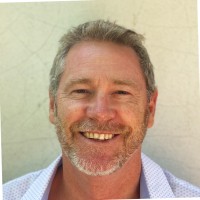
BHP
Global Practice Lead
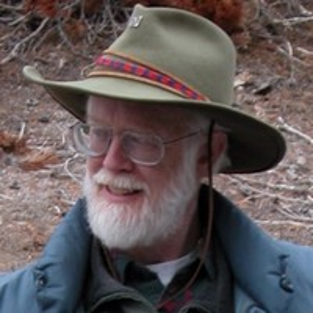
US Geological Survey
Senior Scientist
Kirk Nordstrom is a world leading geochemist with research expertise in mine drainage and geothermal chemistry, arsenic geochemistry, thermodynamics and geochemical modelling. Kirk completed his PhD in 1976 and developed the first speciation code for acid mine drainage and subsequently he has made his career with the USGS over the last 45 years. He has an excellent publication record with more than 270 peer reviewed papers or chapters, and 2 books including ‘Geothermal Thermodynamics’ co-authored with Jim Muñoz, which remains a must have text for aspiring geochemists. There is often a seminal quality or completeness to his work that that sets it apart, and most academic papers written on mine drainages would be incomplete without one or two ‘Nordstrom, et al…’ citations.
Russell Staines is a Principal Environmental Geochemist with BHP, with more than 20 years’ experience in the minerals and environment sectors, and experience in multiple commodities in a variety of global settings. Russell has expertise in mining environmental geochemistry, geochemical and hydrological modelling, acid and metalliferous drainage (AMD) prediction and management, waste rock and tailings geochemistry, baseline environmental characterisation, regulatory compliance, mine closure planning and risk assessment. Russell also has extensive experience in the planning and execution of geochemical field programs, collection of samples of a range of media and set-up of site-specific geochemical field trials. Russell has provided consulting expertise in the private and public sectors on projects concerning mining and baseline environment characterisation issues in order to achieve legal compliance, improve environmental performance, or manage risk.

BHP
Principal Env. Geochemist

University of Queensland
Professor
Gordon Southam is an interdisciplinary researcher who has crossed traditional boundaries between biological and geological sciences. His research takes fundamental geomicrobiology and translates this into applied settings, primarily in the minerals industry. Professor Southam’s landmark contributions have been in understanding the fundamental roles that bacteria play in catalysing the formation of economically significant geological and mineral phenomena, such as the formation of placer gold, their role in mineral carbonation (CO2 sequestration), biooxidation of metal sulphides and in bioremediation of mine sites and acid mine drainage. Reflecting the interdisciplinary nature of his research, Professor Southam has published >200 articles in 90 different refereed journals.
Bruce Croucher is a Principal Analyst in the Waste and Resource Efficiency Directorate at the Ministry for the Environment. He has been at the Ministry for 15 years. Bruce works with the Ministry’s contaminated land team on the development of contaminated land policy and guidance, the administration of the Contaminated Sites Remediation Fund, and other hazardous waste related issue. At the Ministry, Bruce has been involved in several significant mine remediation projects including Tui Mine, Ta Aroha and the Prohibition and Alexander Mines near Waiuta on the West Coast. Other major projects, include the emergency responses to the grounding of the Rena and the Christchurch and Kaikoura earthquakes. Prior to the Ministry, Bruce was at Greater Wellington Regional Councils for 7 years administrating the council’s contaminated sites projects and their contaminated land register. Before moving to New Zealand, Bruce was environmental consultant in Sheffield and Newcastle both prominent coal mining areas and the on-site chemist on large scale remediation projects in Northwest London and Chatham, Kent. Ngā mihi nui.

Ministry for the Environment
Principal Analyst
Plenary Speakers & Session Chairs

University of Windsor Ontario
Christopher Weisener is a Professor at the University of Windsor Ontario. He is an established multidisciplinary researcher at the Great Lakes Institute for Environmental Research (GLIER) and is recognized for his contributions in the field of environmental geomicrobiology throughout the world. His research programs link multidisciplinary themes (i.e. microbiology, geochemistry and molecular ecology) within applied and fundamental research frameworks for habitat restoration. He specializes in developing cutting edge science which correlates contaminant stress with microbial community function in both terrestrial and aquatic systems. In particular his group focuses on the, mobility, cycling, and bioavailability of nutrients (e.g. carbon, nitrogen, sulfur and phosphorous) and toxic metals in soils/ aqueous sediments under fluctuating redox conditions. This information can be used to design sustainable solutions for waste and water management and ecosystem services. He completed his PhD in Applied Science in geochemistry at the University of South Australia in Adelaide, Australia.
Andrea Gerson is the Managing Director of Blue Minerals Consultancy (BMC); Hon. Prof. Fellow, Dept. Physics, Melbourne University; Hon. Prof., Research School of Earth Sciences, Australian National University and Adjunct Professor, School of Physical Sciences – Centre for Ore Deposit Earth Sciences, University of Tasmania. She completed a PhD at Strathclyde University (Scotland) in 1990, followed by a post-doc at King’s College (London) until 1993, both focussing on n-alkane crystal structure. Prior to establishing BMC in 2015 she led the Research Group, Minerals and Materials Science and Technology at the University of South Australia. She specialises in the relationship between mineral structure, reactivity and implications for environmental impact and remediation. She now applies and develops advanced analytical techniques for direct application to industrial environmental issues. Andrea has 213 publications, over 15,500 citations and an H-index of 47.

Blue Minerals Consultancy
Managing Director
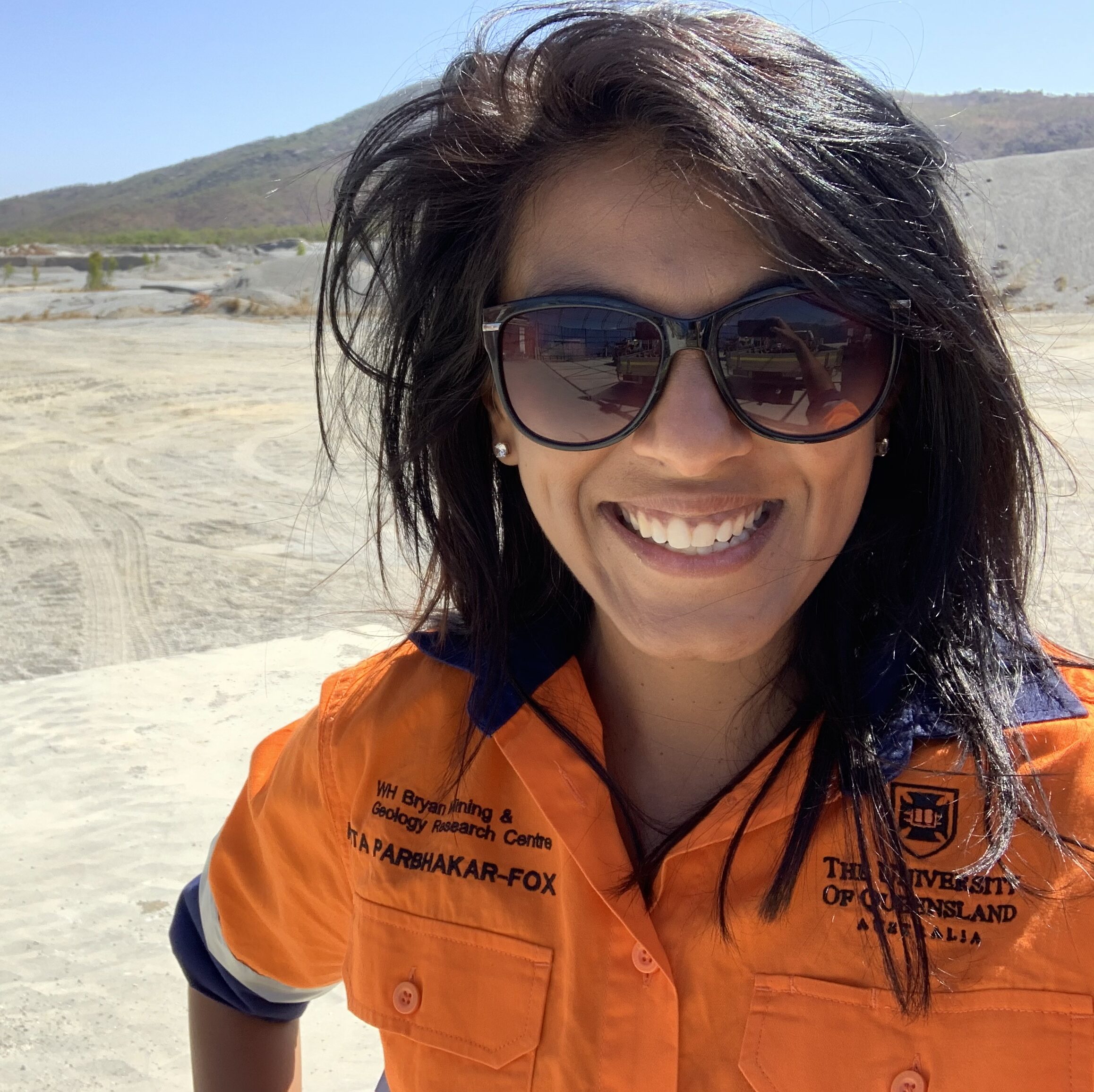
W.H. Bryan Mining and Geology Research Centre
Anita Parbhakar-Fox is a Senior Research Fellow in Geometallurgy and Applied Geochemistry at the W.H. Bryan Mining and Geology Research Centre within the Sustainable Minerals Institute. Anita’s research is focussed on mine waste characterisation to improve mine planning and waste management practices where she has worked with mining industry, METS sector and government stakeholders. She has developed new tests and protocols for improving waste characterisation and is also involved in identifying remediation options for abandoned/historical mine sites. Most recently, Dr Parbhakar-Fox has led industry and government funded projects characterising a range of mine waste materials to evaluate their economic potential.
Holger Mansel was born an went to school in Middle Germany, Halle/ Saale. He studied Water Management at the Technical University of Dresden and absolved his post gradual Study of Groundwater Management and Modelling at Technical University of Dresden with a degress as Dipl.-Ing. für Wasserwirtschaft (Water Management) in 1981. A year later in 1982 he became specialized engineer for Groundwater and gained his PhD in Groundwater Management in 1987. His work experience reaches from working as scientific assistance (Dr.-Ing. 1987) at TU Dresden over being Manager at a Research Department for Minewater Management at WWD Saale-Werra (Water Authority) to being CEO of the consultant Company Ingenieurbüro für Grundwasser GmbH in Leipzig. This led to him becoming a recognized expert in Mine dewatering (Mining Authority Saxony) and finally an officially appointed and sworn expert in Minewater Hydrology (Chamber of Engineers). Since 2016 he is honorary Professor at TU Dresden, Institut for Groundwater Management.

TU Dresden
Honorary Professor
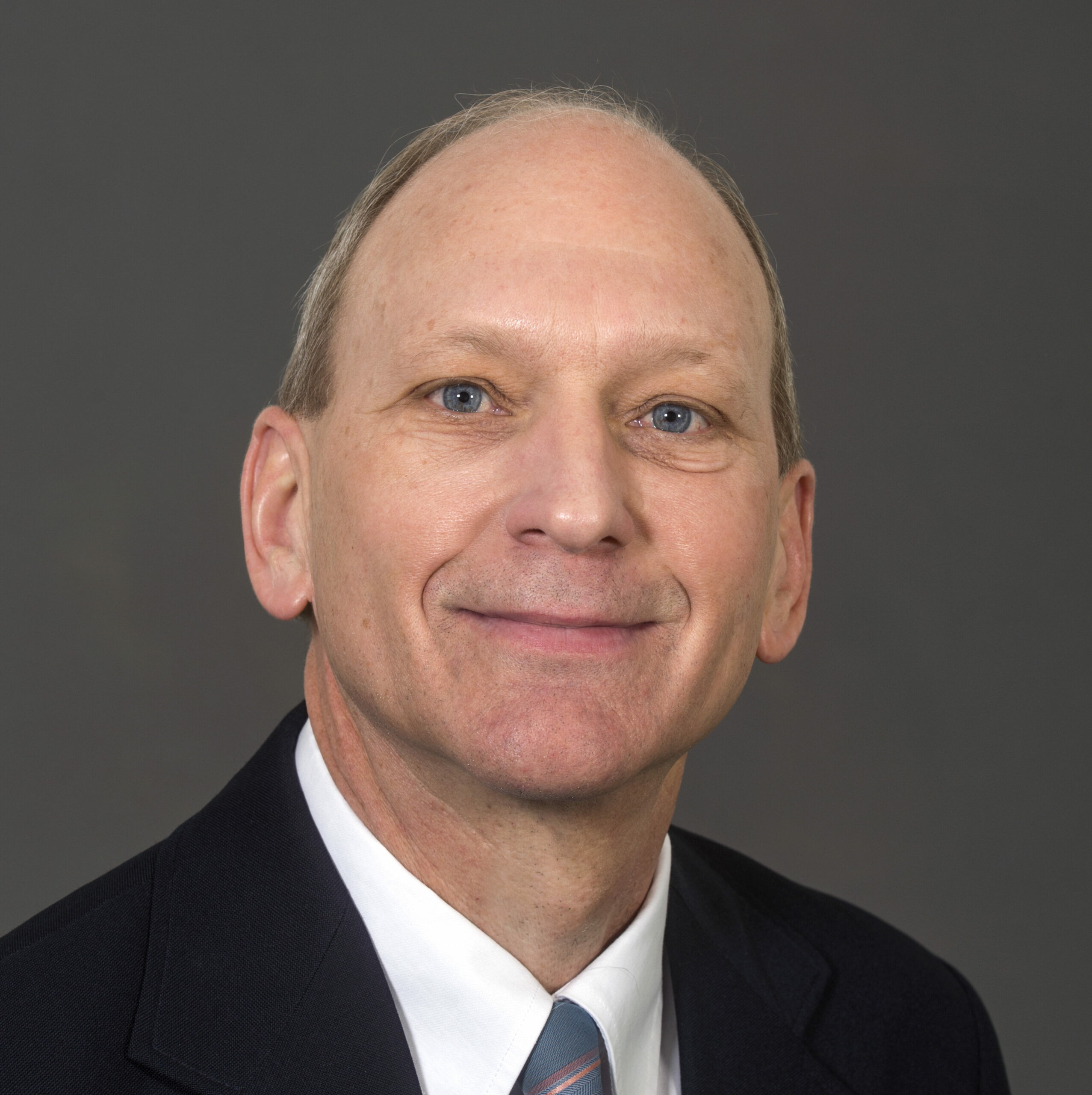
West Virginia University
Jeff Skousen is a Professor of Soil Science and the Reclamation Specialist at West Virginia University. He received his Ph.D. from Texas A&M University, and M.S. and B.S. degrees from Brigham Young University. Jeff has more than 40 years of experience in coal mining and land reclamation. He teaches courses in Soil Science, Environmental Science, and Reclamation of Disturbed Soils. Dr. Skousen’s research areas include acid mine drainage control and treatment, overburden and soil analyses, oil and gas site reclamation, revegetation of disturbed lands, remediating contaminated soils and water, reforestation, native plant restoration, biomass for bioenergy, and post-mining land use development. He has published over 350 articles in journals, proceedings, books, extension publications, and other media outlets. He works with other faculty, directs graduate student research, publishes results in journals and proceedings, and presents findings at professional meetings. He also organizes the annual Mine Drainage Task Force Symposium, conducts seminars and workshops on mined land reclamation, and consults with state and federal agency personnel, landowners, coal operators, and consultants. He edits the magazine Reclamation Matters. He travels overseas to work on land reclamation issues in Asia, Australia/New Zealand, and Europe. In 2021, he and a colleague published the book Appalachian Coal-Mined Landscapes: Resources and Communities in a New Energy Era.
Gilles Tremblay is the Technical Manager of the International Network for Acid Prevention (INAP). Mr. Tremblay also coordinates activities jointly with the Global Alliance, which has organizations working on acid prevention in Australia, Canada, Europe, South Africa, South America and USA. He is also involved in the review and update of the GARD Guide, a leading practice guide for the prevention of mine-impacted waters and with the organization of the ICARD series of conferences, most recently in Australia. Prior to joining INAP Gilles worked for the Government of Canada for more than 33 years coordinating large multi-party R&D consortia related to environmental issues affecting the mining industry. Key activities include managing the Mine Environment Neutral Drainage (MEND) Program on acidic drainage and the National Orphaned/Abandoned Mines Initiative (NOAMI).
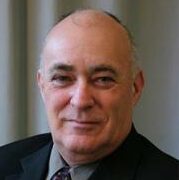
INAP
Technical Manager
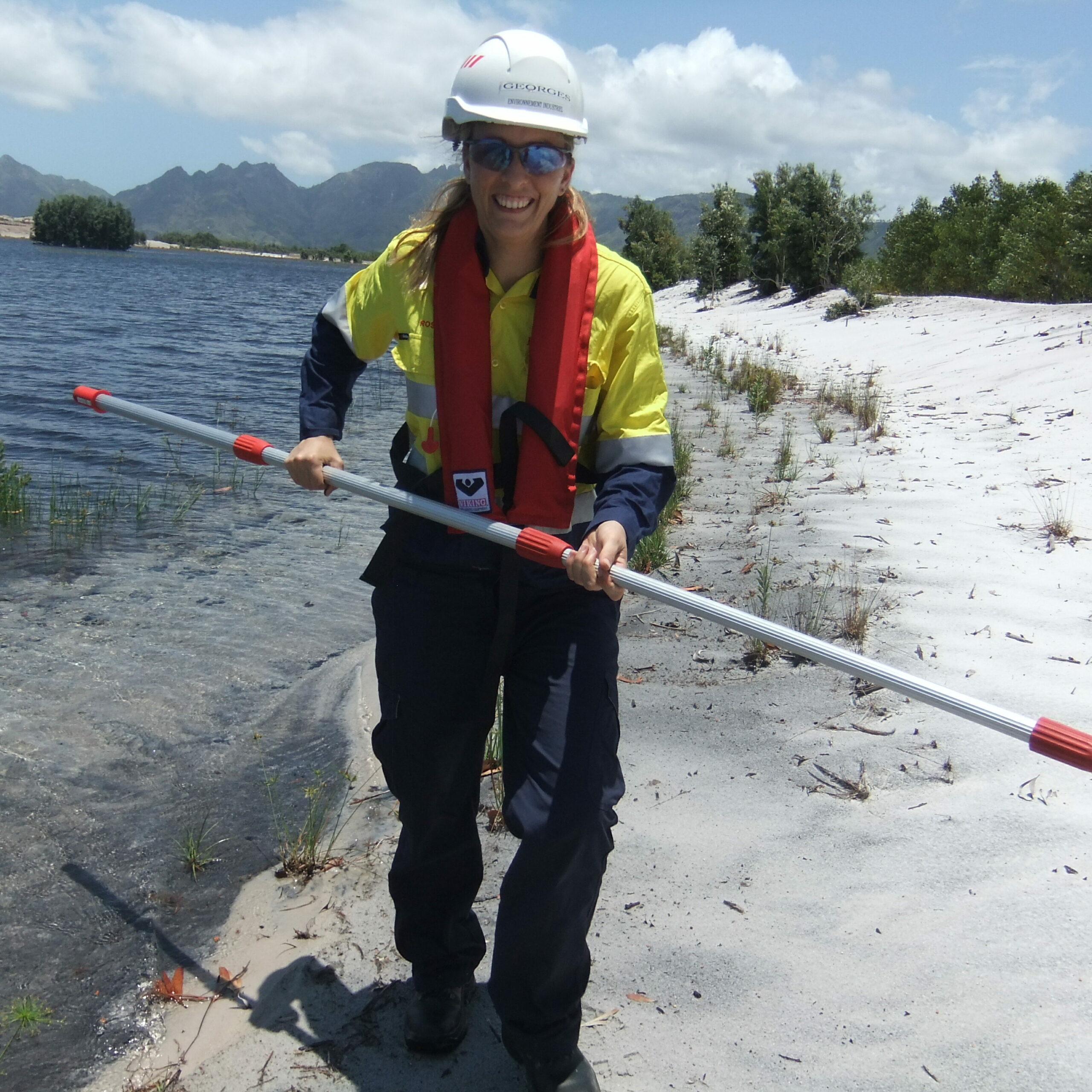
Rio Tinto
Principal Geochemist
Ros Green is a leader in mineral waste management and geochemistry, bringing more than 25 years experience, with the last 17 years as a subject matter expert within Rio Tinto. She has extensive experience in all aspects of mineral waste management from exploration, operations and mine closure. She currently supports Rio Tinto’s Copper group and is leading mineral waste studies across several feasibility studies and supporting Rio Tinto’s Copper assets. Ros and her team were instrumental in winning the INAP AMD leading practice award for their work at Rio Tinto’s Pilbara operations. She is currently the Rio Tinto board representative for INAP and actively involved in multiple leading edge research projects on AMD.
Josie Vidal is the CEO of Straterra Inc, a member-based organisation that advocates for the mining and minerals sectors of New Zealand.
From starting her career as a print journalist, Josie has gained experience in communications, public relations and marketing in New Zealand and overseas, telling stories about everything from fashion to game-changing computer software. She has specialised in disaster response and recovery work for the New Zealand Government and industry organisations and has been a trusted political advisor, including working in the Beehive.
Prior to joining Straterra, Josie spent six years in industry advocacy organisations for horticulture and trucking, traversing the corridors of power to get the best outcomes for their members.
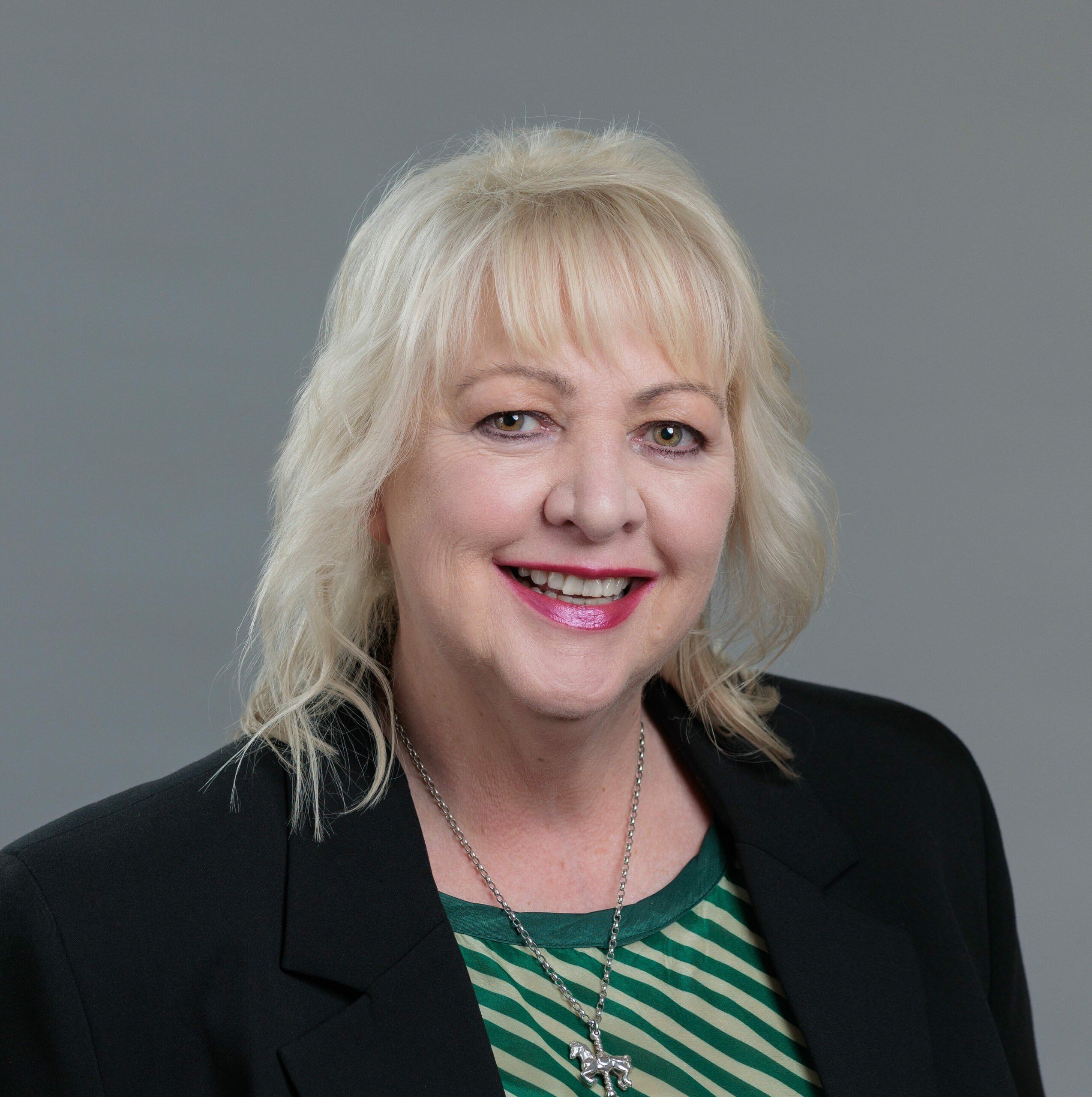
Straterra
CEO
Organizing Committee
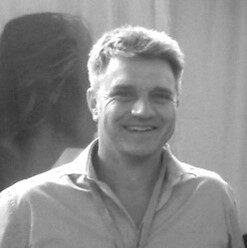
Verum Group
CEO
James Pope is a geochemist specialising in mine water chemistry with 18 years of experience in minerals sector environmental science. He has been an IMWA member since 2014, on the executive committee since 2017 and has contributed to IMWA conferences regularly throughout the last 12 years. James is Chief Executive of Verum Group, a research, consulting and laboratory company in New Zealand, and is Adjunct Professor at the University of Windsor (Canada) and Adjunct Fellow at University of Canterbury (New Zealand). He has published 40 peer reviewed journal articles and about 80 conference papers on mine water related topics. Throughout his career, James has aimed to deliver best practise science (innovation, application or analyses) to enable the minerals sector to operate with a decreasing footprint, and improving sustainability and social licence.
James has a school aged family and lives on a small farm outside Christchurch, New Zealand. Away from work, James spends his time in the outdoors mountain biking, hiking, adventure racing and skiing.
Paul Weber is a Director and Principal Environmental Geochemist for Mine Waste Management Ltd (MWM) based in Christchurch, New Zealand providing expert technical advice on acid and metalliferous drainage (AMD) for clients internationally. He has been involved in the research and operational management of AMD for 20+ years and has been an author for over 70+ publications. His M.Sc. thesis (1995) related to investigations of neutral mine drainage at the historic Globe-Progress Au Mine near Reefton, New Zealand. His Ph.D. thesis (2003) investigated the neutralising reactions associated with AMD and considered predictive tools and management mechanisms. This was part of the Australian mining industry supported AMIRA P387B Research Project. As a Principal Environmental Geochemist he has been involved in gaining regulatory approvals for mining operations having AMD related issues including the development of technical supporting AEE’s; and the development of AMD management plans including supporting operational protocols.

Mine Waste Management
Director
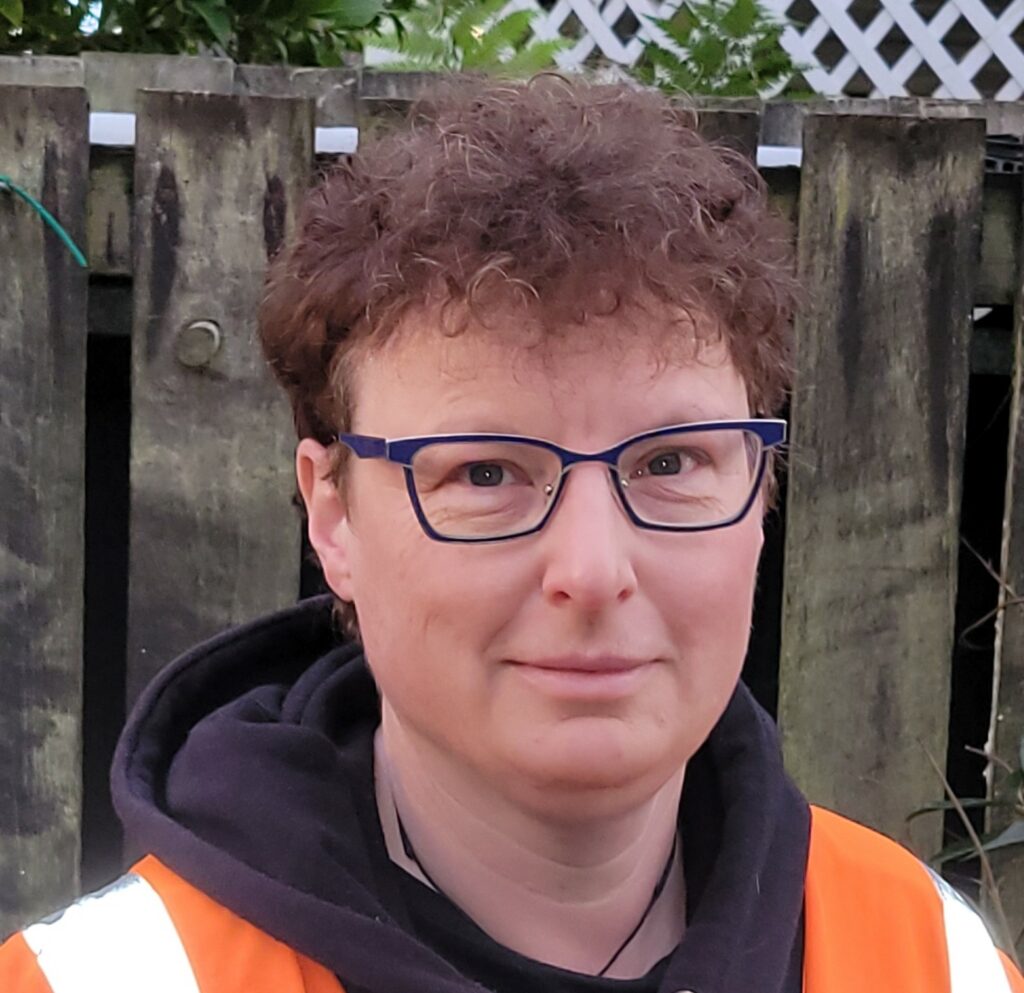
Department of Conservation
National Advisor
Rachel Rait is the National Advisor for Contaminated Sites at the Department of Conservation, New Zealand where she specialises in contaminated land management including legacy mine sites. She has been involved in acid and metalliferous drainage (AMD) in past work in New Zealand and Australia. She is a Certified Environmental Practitioner Site Contamination specialist working in contaminated land throughout New Zealand. She has in depth knowledge of New Zealand local authority and central government processes including gaining regulatory approvals and technical input to environmental impact assessments. Rachel also has extensive experience within hydrogeology and soils.
Dave Trumm is an environmental scientist and geologist for Verum Group in Christchurch. Dave has over 20 years of experience in commercial geoscience and geological research and an MSc in geology. His current work involves research and consulting on environmental impacts from coal and gold mining in New Zealand, with a focus on Acid Mine Drainage. He also has expertise in managing and remediating sites contaminated with petroleum hydrocarbons. Away from work, Dave has a young family, is a keen mountain biker and holds several New Zealand speed skating national records.
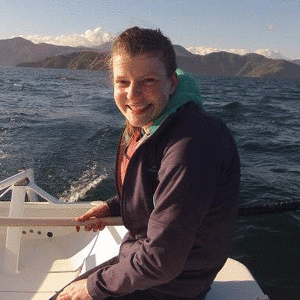
Verum Group
Research Scientist
Hana is a research scientist and geochemist at Verum Group in Christchurch. Her background is in chemistry, and she completed her PhD on phosphorus biogeochemistry at the University of Canterbury in 2015. Hana has experience working on the distribution and mobility of contaminants and nutrients in aquatic systems in New Zealand and Antarctica. Hana has worked on water treatment and long-term trends in mine drainage chemistry as part of the New Zealand Mine Environment Life Cycle research program and continues to do consulting work in this field. Hana helped to develop the acid-base accounting standard reference materials. Hana’s current research projects include studying the application of infrared analytical technology to different materials and enhanced passive treatment systems, of which the nitrate removing bioreactor trials in Springston is an exciting development. Away from work, she enjoys exploring the outdoors, gardening and is a member of the national women’s ultimate frisbee team.
